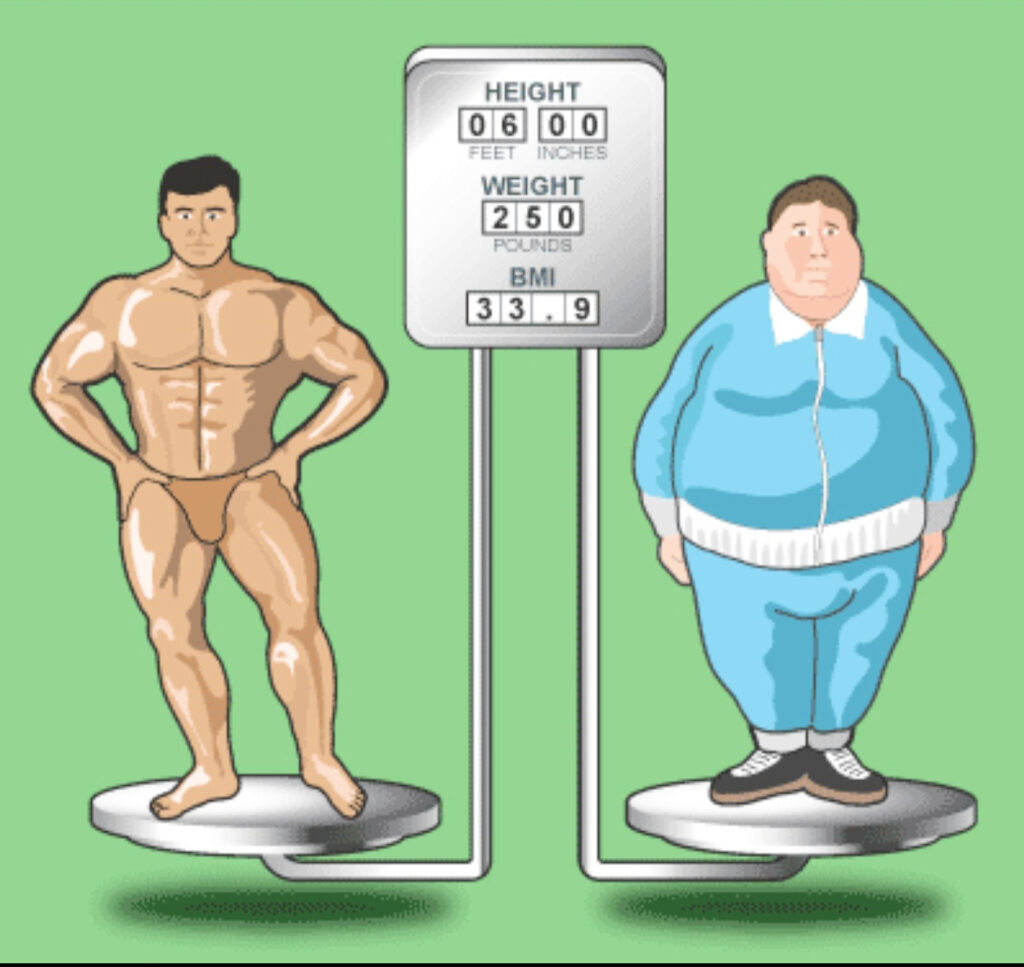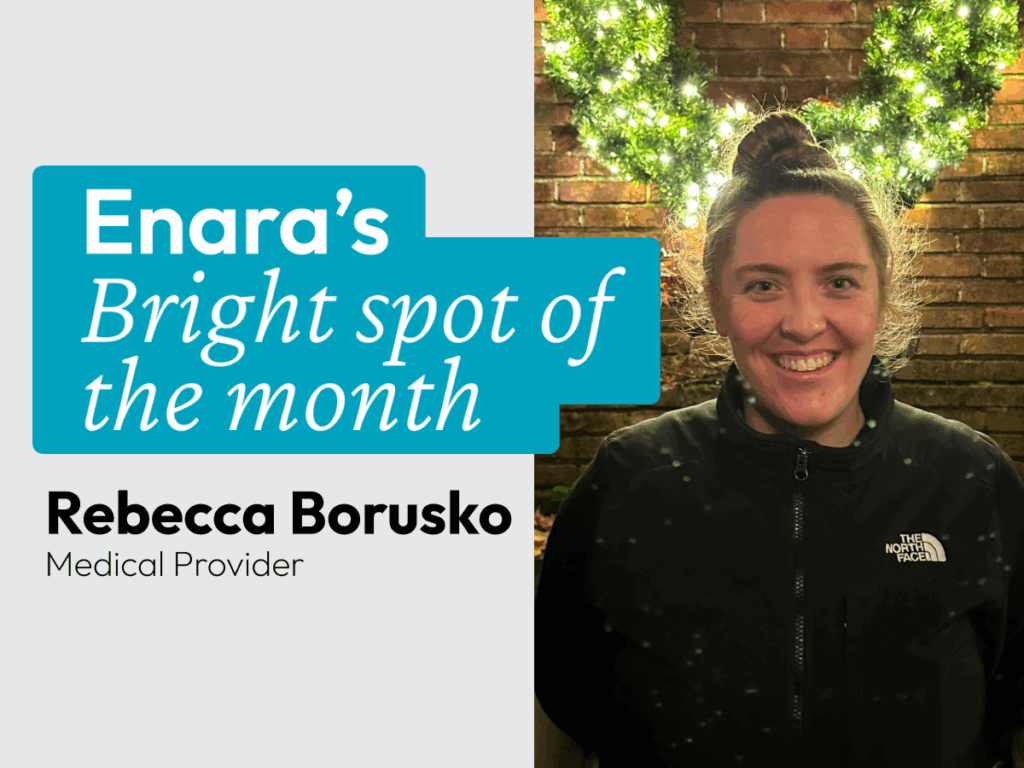Working at a medical weight loss clinic has its perks and its drawbacks. As a provider, I get to have interactions everyday with patients who inspire me with their efforts to improve their health and their lives. As a member of a medical team, I get to follow Dr. Bailony around with a notebook and capture all of his knowledge on obesity and its comorbidities. And, as a member of a smart and diverse clinic team, I can use my experience in tech to help grow our little company into a place that changes lives on a broader scale. For this, I’m grateful and excited to come to work everyday.
Now the downsides. As a registered dietitian, I’m already hyperaware of food, eating, and all of the emotions, feelings, habits that go along with it, in my own life and my patients. As someone who has also struggled with their weight since my teen years, I have to face my own food demons in the context of my patients’. Above all, I have access to multiple ways to measure my weight, my body composition, and my metabolism, and, like a kid in a candy store, I feel conflicting feelings about using those tools to fall down the rabbit hole of body preoccupation.
However, in the name of science, I recently went on a journey to measure my body composition and metabolism using not only our own InBody machine, but two other machines used for composition testing: the BodPod and the DEXA scan. (FYI: There are other ways to measure, such as water displacement and MRI, but those are either expensive or hard to find). Why is it important to measure body composition? Your body is made of many things, such as fat, skeletal muscle, bones, water, and organs. By measuring each component, you can make a more informed decision about what your weight really means and how it is affecting your health.
Here is the rundown of the types of measurements I used:
BodPod
The BodPod uses air displacement plethysmography to test body composition within a +/- 3% error margin. This means that it uses air to measure body volume and can differentiate between lean and fat mass fairly accurately. It’s a bit daunting for those with claustrophobia and looks a bit like a space shuttle. Luckily the whole procedure is not invasive and pretty quick. I had mine done at SFSU’s Dept. of Kinesiology for about $45.
This is what the pod looks like. And this is what you get printed out. % Fat, % fat free mass, fat mass, fat free mass and some other body measurements. It also puts you in a rating box based on your % body fat, and also measures your resting metabolic rate (RMR).
Pros: Arguably one of the most accurate ways to measure body composition within a small margin of error. Takes a short amount of time and no prior fasting required.
Cons: Must wear a bathing suit or gym clothes and no metal objects. Not great for claustrophobic folks. Does not give you segmental analysis of the fat/lean mass on different parts of your body.
InBody
The InBody (the one you step on in our office) uses bioelectrical impedance to measure fat, lean muscle and water. As our patients know, besides an annoying jingle for 30 seconds, it’s pretty quick, painless, non-invasive and you can wear normal clothes with no prior fasting required. Using low level electrical currents, it measures the different componnets of your body based on the resistance they have to the currents. It’s especially helpful tracking changes over time in body fat percentage and skeletal muscle mass.
Pros: Easy, quick, painless. Accuracy within 2% of DEXA according to manufacturer.
Cons: not as accurate as other measures, results susceptible to hydration level.
DEXA
DEXA (Dual-energy X-ray absorptiometry) is a comprehensive scan of body fat, bone density, fat compartmentalization (where your fat is on your body which typically tells you how unhealthy it is) muscle balance, and some other cool stuff. It also can tell you how much visceral fat you have aka the fat related to health risks. It takes about 10 mins and you can find mobile trucks doing it around your area, such as BodySpec. This is really the most in-depth way to find out exactly what’s going on with your body composition.
 Pros: One of the gold standards for body composition measuring, quick, easy, very detailed report.
Pros: One of the gold standards for body composition measuring, quick, easy, very detailed report.
Cons: May cost around $50.
The bottom line is there are many ways to measure body composition. Some are more accurate than others, some give more or less information, but you can’t go wrong using any of these tests to find out exactly what your weight means for your health.



